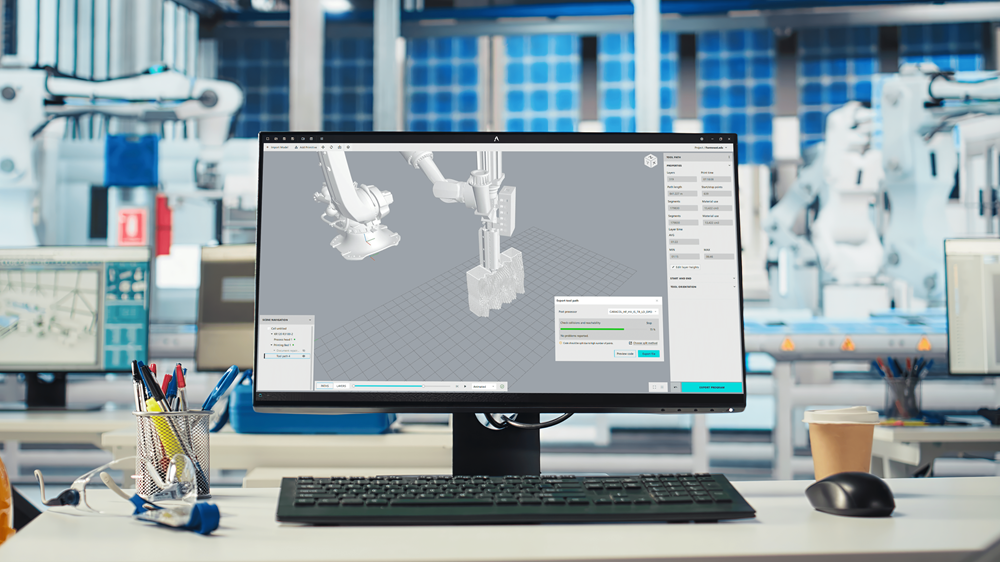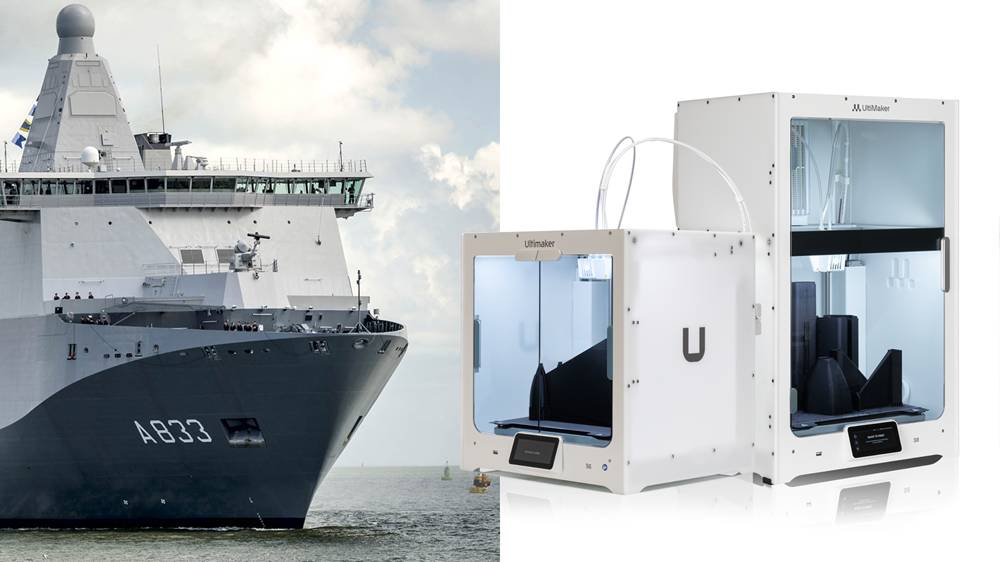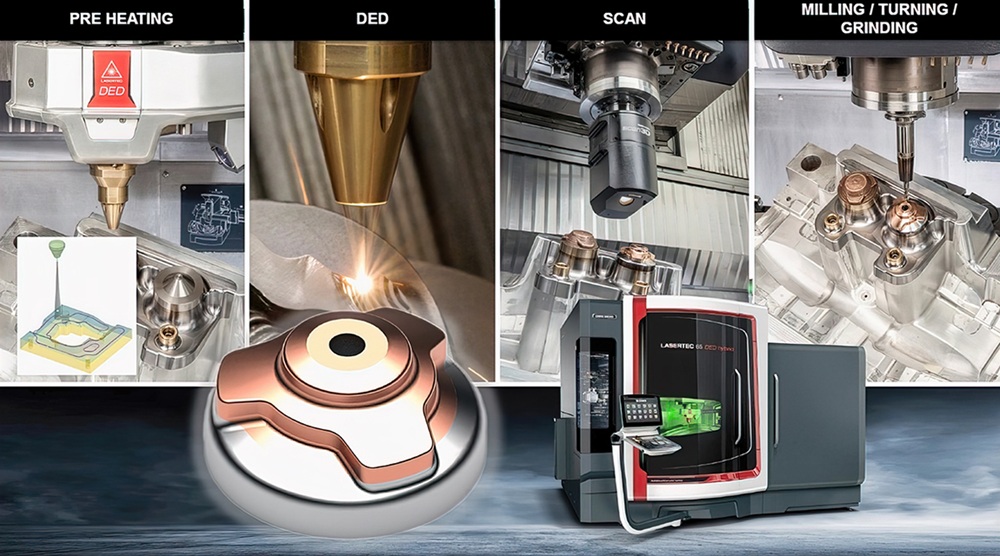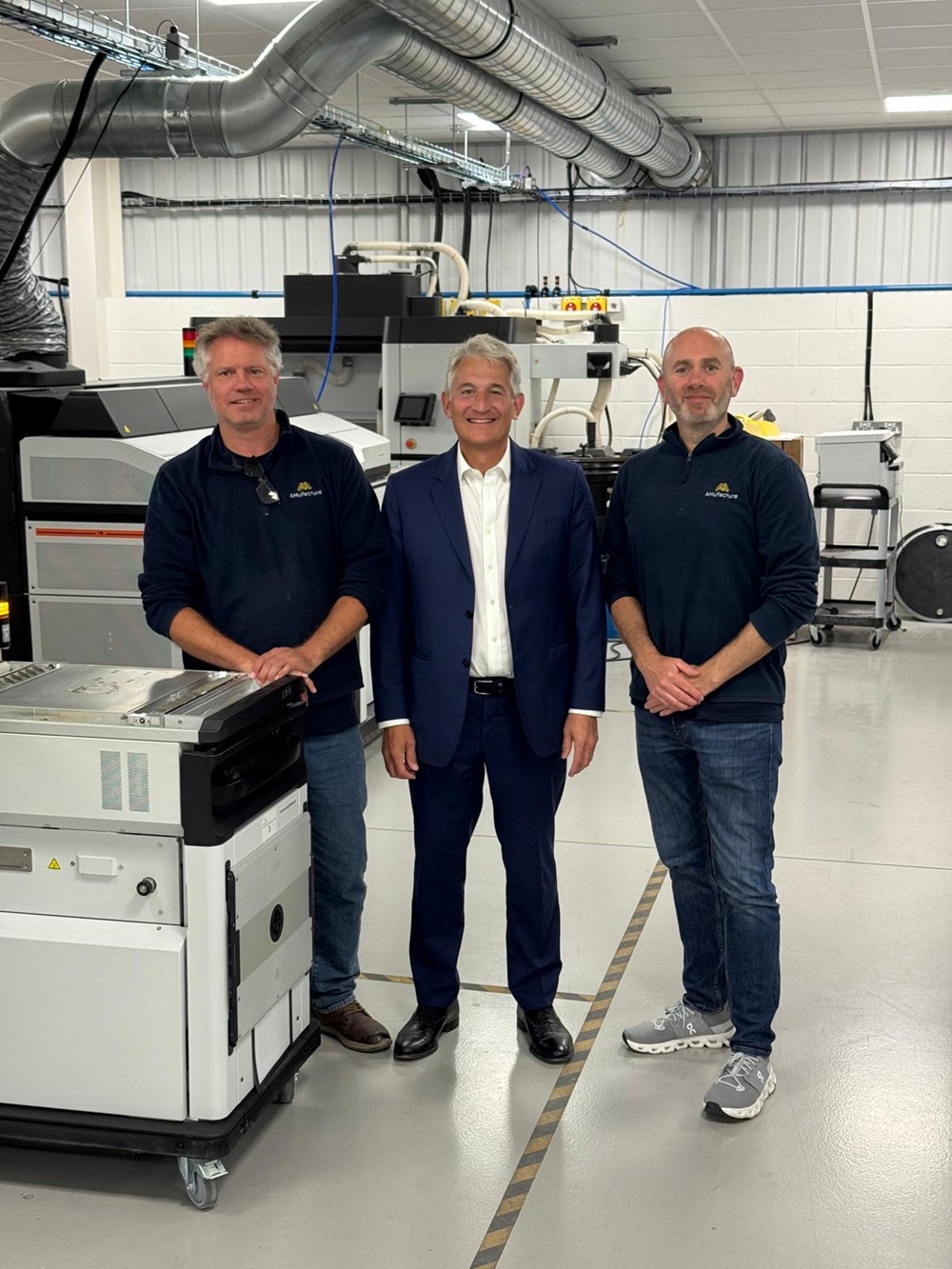Caracol, one of Europe’s fastest-growing deep-tech companies and a pioneer in large-format robotic additive manufacturing (AM), presented a major leap forward in its mission to redefine industrial production at the Formnext 2025 exhibition in Frankfurt last week.
At the show, the company presented the new evolution of its Eidos manufacturing software suite — the intelligent backbone of Caracol’s connected manufacturing ecosystem. Eidos introduces next-generation features that integrate AI, as well as other manufacturing processes, and advanced sensing to enable more autonomous, adaptive and high-performance production across its platforms.
Building on a year of significant growth — including the acquisition of Hans Weber Maschinenfabrik GmbH’s AM assets and a $40m Series B funding round — Caracol further consolidated its position as a global specialist in digital and automated manufacturing. The latest Eidos manufacturing software suite – developed for Caracol’s robotic platforms in collaboration with leading software and AI companies – integrates new manufacturing processes, AI and advanced sensing to enable smarter and more autonomous production.
Eidos Builder goes beyond printing to combine Caracol’s advanced slicing, simulation and AM capabilities with other processes such as scanning and milling in fully automated workflows. Eidos Nexus, the IoT and control brain of the platforms, is now powered with AI control, introducing intelligent features to introduce sensing, learning and smart control.
Visitors to the show had the opportunity to delve into the Eidos software experience, see Heron AM and Vipra AM robotic platforms live, and touch real-world industrial large-scale parts manufactured by leading companies globally such as Alstom, NP Aerospace and the UK Digital Manufacturing Centre, JOME and the CPC Group
Caracol also presented the world’s first 3D-printed catamaran, created with V2 Boats using its Heron AM platform through a continuous 120-hour build.
More information www.caracol-am.com



















